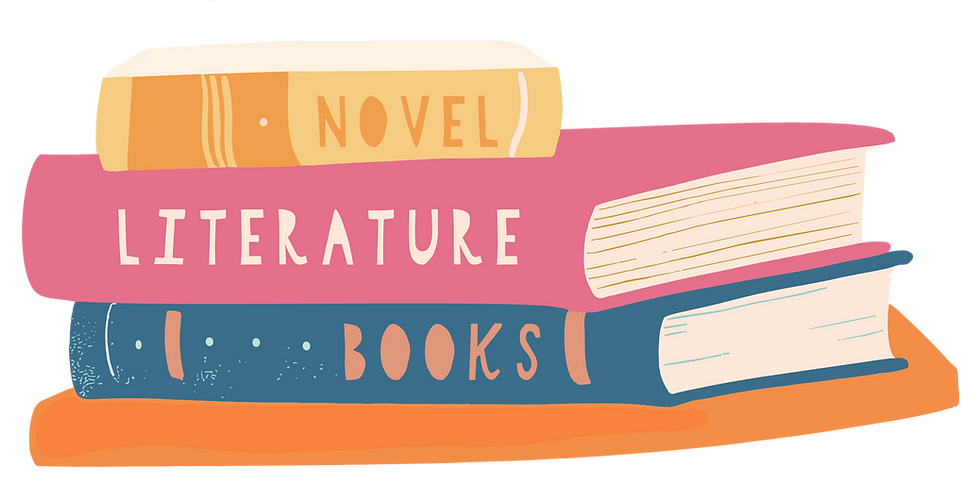Go Beyond Reading: 4 Ways to Use a Book to Build Your Child’s Literacy and Communication Skills
- Allanah
- Jun 16
- 2 min read

When we think about books and children, we often imagine reading from cover to cover—snuggled up and flipping pages until the story ends. While reading aloud is incredibly valuable, there’s so much more you can do with a book! Books are powerful tools for building early literacy, pre-literacy, and communication skills—and the best part is, you don’t have to follow the story word for word to get those benefits.
Here are four simple, fun, and effective ways to interact with books that go beyond just reading:
1. Talk About the Pictures
You don’t need to read a single word to spark a rich conversation. Take time to look at the illustrations and chat about what you both see.
Try to:
Ask open-ended questions like “What’s happening here?” or “How do you think he feels?”
Point to and name objects, animals, colours, and actions.
Let your child take the lead—see what grabs their attention and talk about that.
This builds vocabulary, understanding of actions and emotions, and helps your child learn how stories work—even before they can read.
2. Make It Interactive
Turn reading time into playtime by acting out parts of the story or using props, toys, or puppets.
Try to:
Use different voices for different characters.
Pretend to be the characters and act out scenes.
Use toys to retell the story after reading.
This builds comprehension, sequencing, and retelling skills—key parts of early literacy. It also boosts imagination and makes books feel fun and engaging.
3. Use Repetition and Rhyme
Books with rhymes, repeated phrases, or predictable patterns are great for building pre-literacy skills.
Try to:
Pause and let your child finish a familiar line (e.g., “We're going on a bear hunt, we're going to catch a…”).
Read the same book again and again—repetition helps with learning.
Emphasise rhyming words and talk about how they sound the same.
Repetition helps children notice sound patterns, an important step in learning to read. It also supports memory, listening, and attention.
4. Connect the Story to Real Life
Help your child make connections between what’s happening in the book and their own experiences.
For example:
“That’s like when we went to the zoo!”
“Have you ever felt like that character?”
“What would you do if that happened to you?”
These conversations build language skills, personal connections, and understanding of the world. It also shows that stories are more than just words—they reflect real emotions and ideas.
Books are more than just something to read—they’re springboards for learning, connection, and communication. So next time you pick up a picture book, try going beyond the words. Talk about it, play with it, repeat it, and relate it to your child’s world. You’ll be building strong foundations for literacy while having fun together.
Remember to be kind and share joy!
- Allanah (Speech Therapist)






Comments